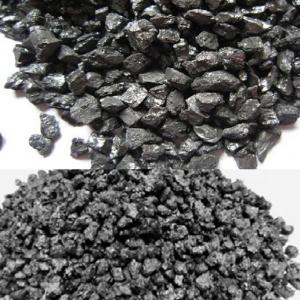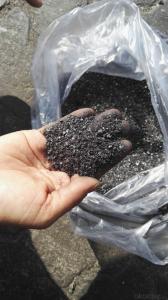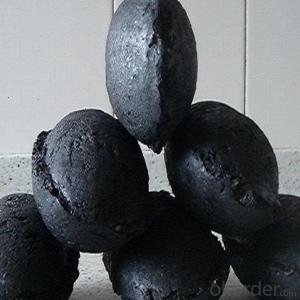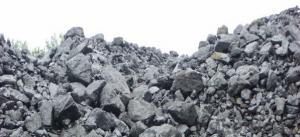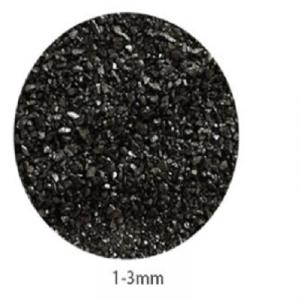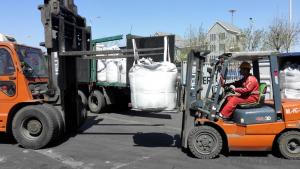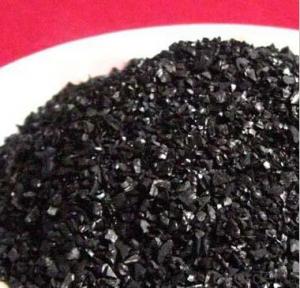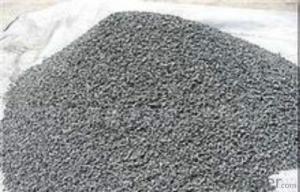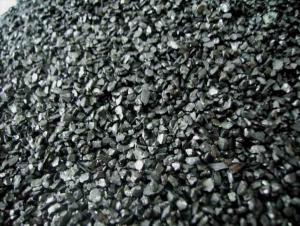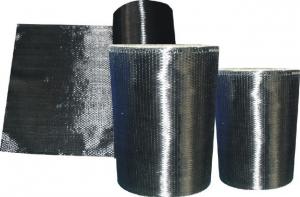Fixed carbon 90 Calcined anthracite as carbon additive
- Loading Port:
- Tianjin
- Payment Terms:
- TT /LC
- Min Order Qty:
- 20 m.t.
- Supply Capability:
- 10000 m.t./month
OKorder Service Pledge
OKorder Financial Service
You Might Also Like
Specification
Introduction
Carbon additive comes from delayed coke which extracted from oil refinery. Although carbon additive contains a little bit higher level of sulfur and nitrogen than pitch coke, the price advantage still makes it widely used during steel-making and founding as a kind of carbon additive/carburant. We provide carbon additive to steel plant to increase the carbon amount.
Features
Carbon Additive also called Calcined anthracite Coal, Gas Calcined Anthracite Coal, Carbon Raiser, Recarburizer, injection coke, charging coke and etc.
The main raw material of our Carbon Additive is Ningxia unique high quality Taixi anthracite, with characteristic of low ash and low sulfur. Carbon additive has two main usage, fuel and additive. When being used as the carbon additive of steel-smelting, and casting, the fixed carbon may achieve above 95%.
Best quality Taixi anthracite as raw materials through high temperature calcined at 1200-1250 ℃ for 24 hours by the DC electric calciner with results in eliminating the moisture and volatile matter from Anthracite efficiently, improving the density and the electric conductivity and strengthening the mechanical strength and anti-oxidation, It has good characteristics with low ash, low resistivity, low carbon and high density. It is the best material for high quality carbon products, it is used as carbon additive in steel industry or fuel.
We have the honor to be steady supplier of major steel company in Saudi Arabia, Philipines, Australia, Japan and other counties in the world
Specifications
PARAMETER UNIT GUARANTEE VALUE | |||||
F.C.% | 95MIN | 94MIN | 93MIN | 92MIN | 90MIN |
ASH % | 4MAX | 5MAX | 6MAX | 7MAX | 8MAX |
V.M.% | 1 MAX | 1MAX | 1.5MAX | 1.5MAX | 1.5MAX |
SULFUR % | 0.5MAX | 0.5MAX | 0.5MAX | 0.5MAX | 0.5MAX |
MOISTURE % | 0.5MAX | 0.5MAX | 0.5MAX | 0.5MAX | 0.5MAX |
Pictures
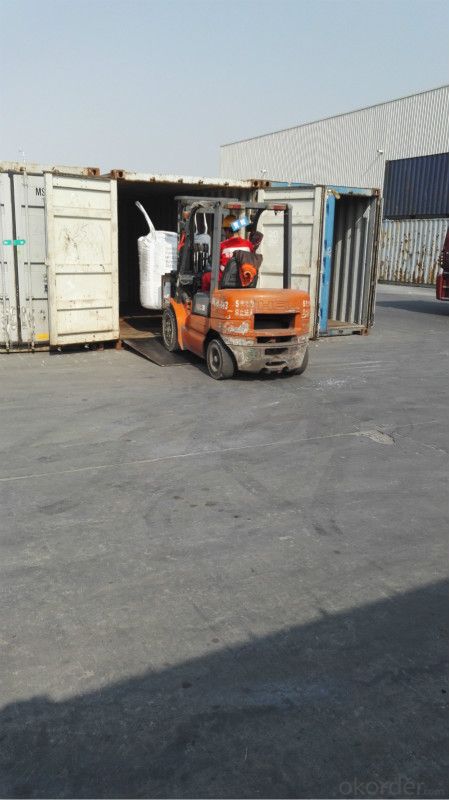
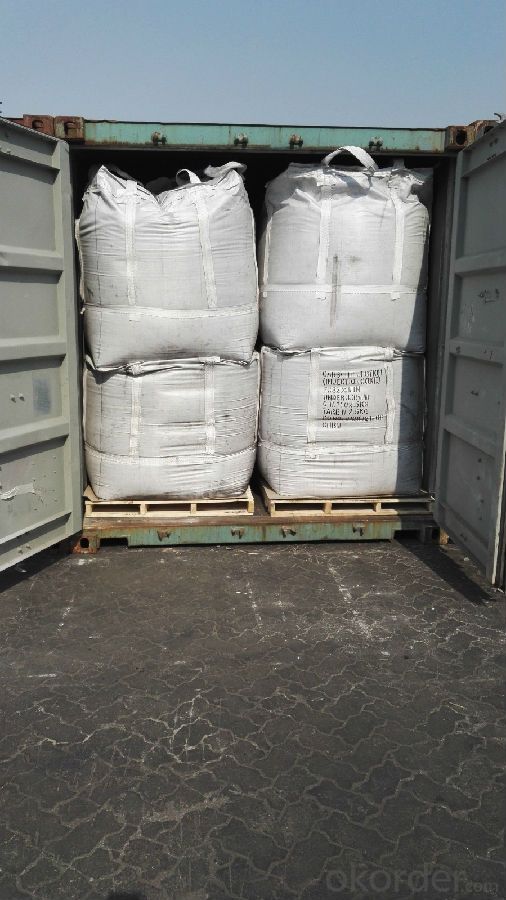
FAQ:
What is the packing?
In 25kg bag/ In jumbo bags without pallet/ Two jumbo bags with one pallet/ or as customers’ request
2. What is the production capacity?
10 thousand tons per month
3 What is payment term?
Irrevocable LC at sight/ 20% down payment by T/T and 80% against BL copy byT/T/ or to be discussed
4 What is the service?
We will send sample to the third party(CIQ, CCIC, SGS,BV or to be discussed) for checking, and present the test certificate and loading repot of shipment.
- Q:How do humans contribute to carbon emissions?
- There are several ways in which humans contribute to carbon emissions. One significant source of carbon emissions arises from the burning of fossil fuels for electricity, transportation, and heating purposes. This involves the combustion of coal, oil, and natural gas, resulting in the release of carbon dioxide (CO2) into the atmosphere. The use of these fossil fuels is widespread in our everyday lives, from powering our homes and vehicles to manufacturing goods and producing food. Furthermore, deforestation, which is primarily caused by human activities such as agriculture, logging, and urbanization, also adds to carbon emissions. Trees absorb CO2 and release oxygen, so when they are cut down, the stored carbon is released back into the atmosphere. Additionally, industrial processes like cement production and chemical manufacturing also emit significant quantities of CO2. Lastly, the livestock industry, particularly the production of beef and dairy products, contributes to carbon emissions through the release of methane from livestock and the deforestation required to expand grazing areas and cultivate animal feed. In conclusion, human activities directly and indirectly contribute to carbon emissions, underscoring the necessity for collective efforts to mitigate and reduce our environmental impact.
- Q:What are the impacts of carbon emissions on biodiversity?
- Carbon emissions have significant impacts on biodiversity. One of the main consequences is climate change, which is caused by the release of greenhouse gases, including carbon dioxide, into the atmosphere. As the Earth's temperature rises, it disrupts the delicate balance of ecosystems, leading to the loss of biodiversity. One of the major effects of climate change on biodiversity is habitat loss. Many species are adapted to specific environmental conditions, and as these conditions change, their habitats become unsuitable. This can lead to the extinction of species that are unable to adapt or migrate to new areas. Coral reefs, for example, are highly sensitive to temperature changes, and as the ocean becomes warmer due to carbon emissions, many coral species are at risk of bleaching and dying off. Another impact of carbon emissions on biodiversity is the disruption of ecological interactions. Many species rely on specific relationships with other species for survival, such as pollination or predation. Climate change can alter the timing of these interactions, potentially causing mismatches between species. For example, if flowering plants bloom earlier in the year due to warmer temperatures, but their pollinators are not yet active, it can result in reduced pollination and reproductive success. Carbon emissions also contribute to ocean acidification, which is the absorption of carbon dioxide by seawater, leading to a decrease in pH. This acidification affects marine organisms, particularly those with calcium carbonate shells or skeletons, such as corals, mollusks, and some plankton. The increased acidity makes it difficult for these organisms to build and maintain their protective structures, potentially leading to population declines and ecosystem disruptions. Overall, the impacts of carbon emissions on biodiversity are far-reaching and profound. They not only threaten individual species but also disrupt entire ecosystems and their functioning. To mitigate these effects, it is crucial to reduce carbon emissions and transition to cleaner, more sustainable energy sources. Additionally, conserving and restoring habitats, implementing effective conservation strategies, and promoting sustainable land and water management practices can help protect and restore biodiversity in the face of climate change.
- Q:What is carbon neutral packaging?
- Packaging that is carbon neutral is characterized by having no carbon footprint. This implies that the emissions of carbon dioxide (CO2) released during the production, transportation, and disposal of the packaging are counterbalanced by an equal amount of CO2 being removed from the atmosphere or not emitted in the first place. To achieve carbon neutrality, a range of strategies can be implemented. One commonly used method is to utilize renewable or recycled materials for packaging, such as paper or bioplastics derived from plant-based sources. These materials have a lower carbon footprint compared to traditional petroleum-based plastics. Furthermore, reducing the quantity of packaging used overall and optimizing its design to minimize waste can also contribute to carbon neutrality. Offsetting unavoidable emissions is another crucial aspect of carbon neutral packaging. This can be accomplished by investing in projects that reduce greenhouse gas emissions elsewhere, such as reforestation or renewable energy initiatives. By supporting these projects, the carbon emissions produced by the packaging are counteracted, resulting in no overall impact on the environment. The concept of carbon neutral packaging is gaining traction as businesses and consumers become more cognizant of the environmental consequences of their choices. It offers a means to decrease the carbon footprint associated with packaging, ultimately contributing to a more sustainable and environmentally friendly future.
- Q:Material characteristics of carbon fiber
- This allows carbon fibers to have the highest specific strength and specific modulus in all high-performance fibers. Compared with the metal materials such as titanium, steel and aluminium, carbon fiber has the characteristics of high strength, high modulus, low density and low coefficient of linear expansion. It can be called the "king of new materials". In addition to carbon fiber with general characteristics of carbon material, its appearance has obvious anisotropy and soft, can be processed into a variety of fabrics, and the proportion of small, along the fiber axis show a very high strength carbon fiber reinforced epoxy resin composites, the strength and modulus of composite indicator in the existing structural materials is the highest. The tensile strength of carbon fiber resin composite materials are generally in more than 3500 MPa, is 7 to 9 times that of steel, the tensile modulus of 230 to 430G were also higher than that of steel; therefore the specific strength of CFRP material intensity and density can be achieved above 2000 MPa, the specific strength of A3 steel is only 59 MPa.
- Q:What's the difference between coal and carbon?
- Coal has a certain luster, which contains a certain mineral oil, etc., is a relatively tight crystal structure. After baking coal coke, coal tar removal became less organized a lot of voids in carbon, most of which are carbon elements. Carbon produced by coal; also called coke. In addition, wood charcoal is also called charcoal.Coal and carbon can all be used as fuel. Most coal burns with smoke and may smell. Carbon burning generally does not have too much smoke, but also less odor.Carbon gap structure makes carbon have good adsorption, so carbon is often used as adsorbent material, used for adsorption of water, odor and so on.
- Q:Is carbon monoxide good for people?
- No good, generally will cause poisoning, gas poisoning is actually carbon monoxide poisoning
- Q:I saw a cell phone in the magazine, the global release of 900, no camera, what function is F1 carbon fiber material, actually sold 40000 yuan a piece!.. Everyone said that the circulation is so small, worth so much money? Or carbon fiber material worth so much money?
- See where, in a car for example transformation kit, with super run even if the civil area shape roughly the same but the price difference, if you feel that things are expensive, natural carbon prices go up, in fact carbon species layout production process characteristics of professional strength lot, do not understand
- Q:How does carbon impact the stability of savannah ecosystems?
- The stability of savannah ecosystems relies heavily on carbon, which is crucial for all living organisms and involved in various ecological processes. Carbon exists primarily in the form of organic matter, which is vital for the growth and development of plants, the primary producers in these ecosystems. In savannahs, carbon affects stability in multiple ways. Firstly, carbon dioxide (CO2) plays a significant role in regulating the global climate as a key component of the Earth's atmosphere. Savannahs have the ability to sequester and store large amounts of carbon in their vegetation and soils, thereby mitigating climate change by reducing CO2 levels in the atmosphere. Carbon is also essential for plant growth through photosynthesis. Savannah plants, like grasses and scattered trees, utilize carbon dioxide from the air to produce carbohydrates and other organic compounds. This process not only provides plants with energy but also contributes to the overall productivity of the ecosystem. The stability of savannah ecosystems is also dependent on the interaction between plants and animals. Carbon-rich vegetation serves as a food source for herbivores, which in turn support predators. The carbon cycle ensures a continuous flow of energy and nutrients throughout the food web, maintaining ecosystem balance and stability. Moreover, the carbon content in savannah soils affects their fertility and ability to retain moisture. Organic matter derived from decaying plant material improves soil structure, nutrient availability, and water holding capacity. This, in turn, supports vegetation growth and sustains the diverse array of species found in savannah ecosystems. However, human activities such as deforestation, agricultural practices, and the burning of fossil fuels are disrupting the carbon balance in savannahs. Deforestation removes carbon-rich trees and plants, reducing the overall carbon storage capacity of the ecosystem. Additionally, the release of carbon dioxide from burning fossil fuels contributes to the greenhouse effect and climate change, which can disrupt savannah ecosystem stability. In conclusion, carbon plays a critical role in maintaining the stability of savannah ecosystems. It influences climate regulation, supports plant growth, provides energy for the food web, and enhances soil fertility. However, human activities that disrupt the carbon balance in these ecosystems can have detrimental effects on their stability and overall health. Therefore, it is essential to conserve and restore savannah ecosystems to preserve their carbon storage capacity and ensure long-term stability.
- Q:Why is carbon content of stainless steel low?
- The corrosion resistance of stainless steel decreases with the increase of carbon content. Therefore, the carbon content of most stainless steel is lower, the maximum is not more than 1.2%, and some steel's Omega C (carbon content) is even less than 0.03% (such as 00Cr12). The main alloying element in stainless steel is Cr (chromium), and the steel has corrosion resistance only when the Cr content reaches a certain value. Therefore, stainless steel in general Cr (chromium) content of at least 10.5%. Stainless steel also contains Ni, Ti, Mn, N, Nb, Mo, Si, Cu and other elements.
- Q:What are the impacts of carbon emissions on urban environments?
- Carbon emissions have significant impacts on urban environments. One of the most notable effects is air pollution. The release of carbon dioxide and other greenhouse gases from vehicles, factories, and power plants contributes to the formation of smog and harmful particulate matter in cities. This pollution poses serious health risks to residents, particularly those with respiratory conditions, and can lead to increased hospital admissions and premature deaths. Furthermore, carbon emissions contribute to climate change, which has wide-ranging consequences for urban areas. Rising temperatures and changing weather patterns can intensify heatwaves, leading to heat-related illnesses and deaths. Increased frequency and severity of extreme weather events, such as hurricanes and floods, can cause significant infrastructure damage and disrupt essential services like water supply and transportation. Urban areas also face the threat of rising sea levels due to carbon emissions. Coastal cities are particularly vulnerable to flooding and erosion as the melting of polar ice caps and thermal expansion of seawater continue. This can result in the loss of valuable land, displacement of populations, and damage to critical infrastructure, including buildings, roads, and sewage systems. Carbon emissions also contribute to the urban heat island effect, wherein cities experience higher temperatures compared to surrounding rural areas. This is due to the absorption and retention of heat by concrete, asphalt, and other urban materials. The urban heat island effect can exacerbate the health risks associated with heatwaves and increase energy demands for cooling, further contributing to carbon emissions. Finally, carbon emissions have economic impacts on urban environments. The costs of mitigating and adapting to the effects of climate change, such as implementing climate-resilient infrastructure and disaster response measures, can be significant. Additionally, the health consequences of air pollution and extreme weather events can lead to increased healthcare costs and productivity losses. To mitigate these impacts, efforts should be made to reduce carbon emissions through transitioning to cleaner energy sources, promoting sustainable transportation options, and implementing energy-efficient practices in buildings. Urban planning and design should also prioritize green spaces, tree planting, and the use of reflective and permeable materials to combat the urban heat island effect. By addressing carbon emissions in urban environments, we can create healthier, more resilient cities for both current and future generations.
1. Manufacturer Overview |
|
|---|---|
| Location | |
| Year Established | |
| Annual Output Value | |
| Main Markets | |
| Company Certifications | |
2. Manufacturer Certificates |
|
|---|---|
| a) Certification Name | |
| Range | |
| Reference | |
| Validity Period | |
3. Manufacturer Capability |
|
|---|---|
| a)Trade Capacity | |
| Nearest Port | |
| Export Percentage | |
| No.of Employees in Trade Department | |
| Language Spoken: | |
| b)Factory Information | |
| Factory Size: | |
| No. of Production Lines | |
| Contract Manufacturing | |
| Product Price Range | |
Send your message to us
Fixed carbon 90 Calcined anthracite as carbon additive
- Loading Port:
- Tianjin
- Payment Terms:
- TT /LC
- Min Order Qty:
- 20 m.t.
- Supply Capability:
- 10000 m.t./month
OKorder Service Pledge
OKorder Financial Service
Similar products
Hot products
Hot Searches
Related keywords
